People of Song An commune (Vu Thu) are proficient in kite flying skills.
Since ancient times, Sao Den village festival in Song An commune has been considered a big festival of Son Nam Ha town. People organize the custom of playing flute kites from the 22nd to the 28th of the third lunar month, the main festival is on the 24th to the 26th of the lunar month. The stele kept at Sao Den records as follows: The custom of playing flute kites is associated with the legend of Mrs. Ngoc Dao bringing Le Tu Thanh back to her hometown to take refuge. She often let her children compete in kite flying with children in the village.
Another legend says that the kite flying tradition is to commemorate Duke Dinh Le, who instructed soldiers to make and fly kites both to encourage soldiers and as a signal to command troops. Therefore, when he was granted land in An Lao, Dinh descendants organized a kite flying competition to commemorate his achievements, which gradually became a custom in the Sao Den festival.
The kite and flute competition is associated with sacred rituals and has many strict rules and rich content such as: Big kite competition, beautiful flute competition, good flute competition but the most unique is the kite flying competition through a sickle. The afternoon of the 25th day of the 3rd lunar month every year is the most exciting day of the Sao Den festival, because the Organizing Committee performs sacred rituals including: Kite presentation ceremony, coronation ceremony, Mother Goddess procession to travel mountains and rivers and kite flying competition through a sickle.
Director of the Center for Preservation of Vietnam Kite Cultural Heritage Hoang Van Diep shared: Nationwide, there are many places that organize kite flying competitions, but the competition in Song An commune, Thai Binh province has its own unique features, consisting of two parts, the first part is the technique of flying the kite over the hook; the second part is the kite carrying ceremony that is not found anywhere else.
Elders in Song An commune said that flying a kite over a sickle hook is difficult and unique because the participant must control the kite string so that when the kite is released into the sky, it can pass through two sharp sickle hooks without breaking. The winning kite is the one that can pass through the sickle hook and fly high in the wind, with the kite string standing straight and the lowest sag.
The Organizing Committee clearly stipulates the rules of the kite flying competition: The kite must be 2.5m or larger, without a tail, and must be fitted with a suitable flute. The kite string must be made of parachute cord or hemp rope, and must not exceed 50m in length. A flute kite must be at least two people: one person to fly the kite (large kites can be held by two or more people) and one to release the kite. This competition requires contestants to be agile, experienced, and to coordinate well with each other.
Kites filled with wind have long been an image associated with childhood and the days of playing filled with innocent laughter. Kites are not only a source of children's joy but also creativity in shape and color, the art of mastering the wind and a place to entrust the aspirations of flying high.
Nowadays, kite flying has gradually gone beyond the limits of a folk game and gradually developed into a cultural exchange activity with both traditional values and modern beauty.
Kite flying in Song An will probably continue to develop, because in addition to the joy it brings on hot summer days, it is also a unique folk culture that people pass on through kites and the echoes of kite flutes.
Local people are also aware that kite flying must be associated with the responsibility of protecting the safety of the power grid, and not affect the order and activities of the locality.
After nearly 600 years, the kite flying tradition in Song An has profound historical value because it contains historical stories about a period of nation building and defense of the Later Le Dynasty in Son Nam Ha town in general and the process of building and developing An Lao village in particular.
The love for the homeland, the country, and the life of the people here is conveyed through the soaring kites and the whistling flutes. Those are the sublime moments of the working people, the will to overcome all hardships and challenges to seek happiness, expressing pride and desire for a peaceful life.
The custom of flying flutes also contributes to the consolidation of village communities and communities of kite players in other localities. This is a valuable cultural product of the community, positively influencing the spiritual life of the people.
The Ministry of Culture, Sports and Tourism included the kite flying tradition in the Sao Den Festival in the National Intangible Cultural Heritage List in December 2019 thanks to its outstanding value. With its unique values, today, young people in Song An commune continue the tradition of many generations, preserving and developing this folk culture in harmony with contemporary life.
According to nhandan.vn
Source: https://baothaibinh.com.vn/tin-tuc/19/219691/choi-dieu-sao-o-song-an


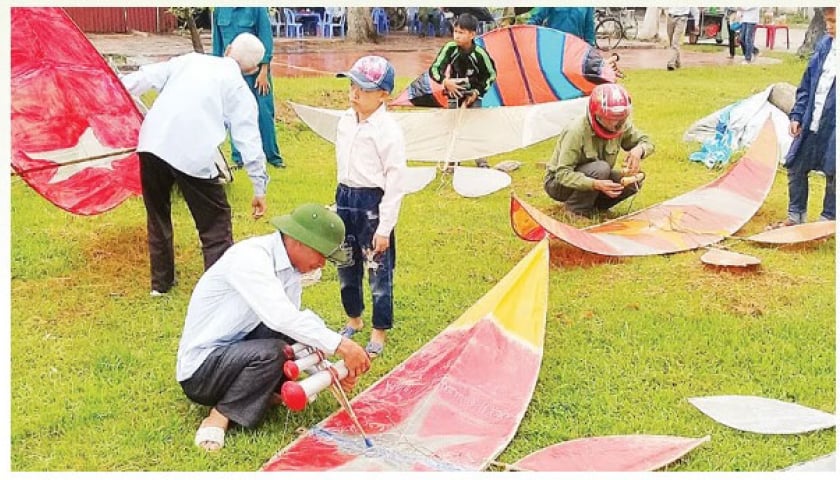





![[Photo] Cat Ba - Green island paradise](/_next/image?url=https%3A%2F%2Fvphoto.vietnam.vn%2Fthumb%2F1200x675%2Fvietnam%2Fresource%2FIMAGE%2F2025%2F12%2F04%2F1764821844074_ndo_br_1-dcbthienduongxanh638-jpg.webp&w=3840&q=75)




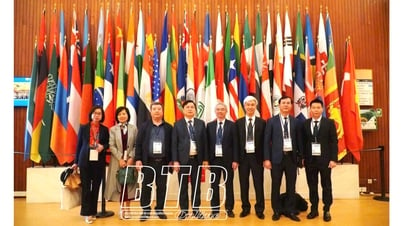





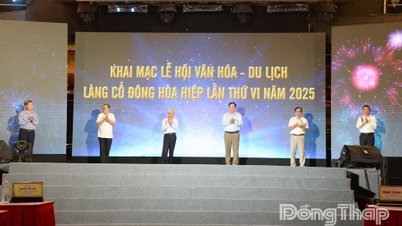

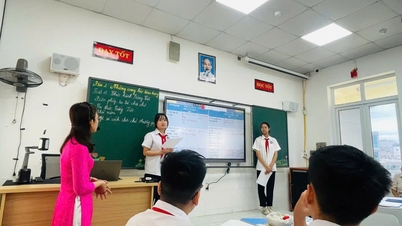

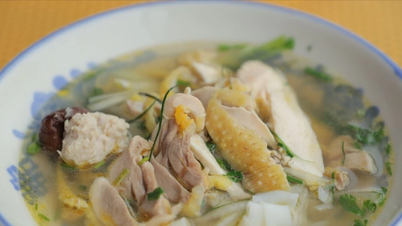

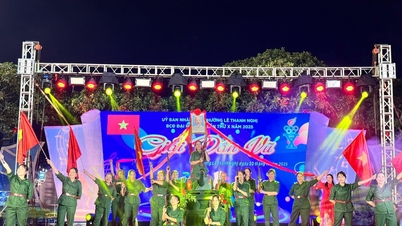






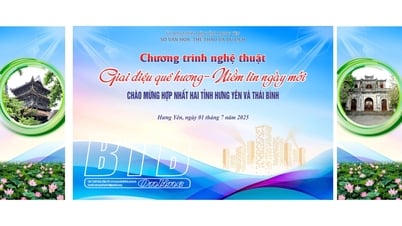
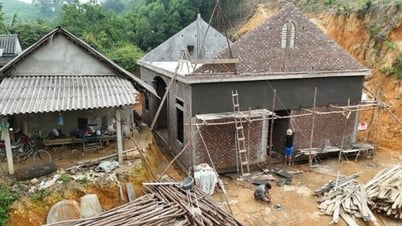

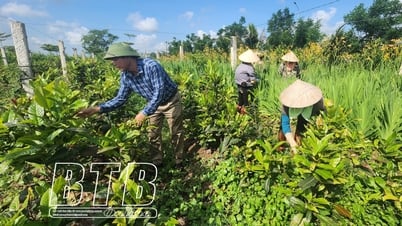

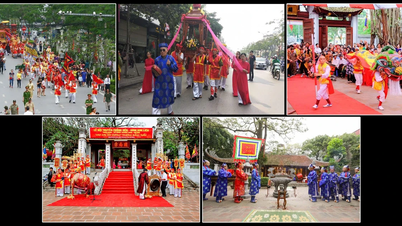



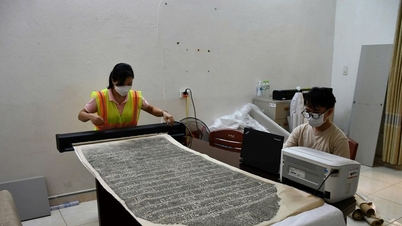

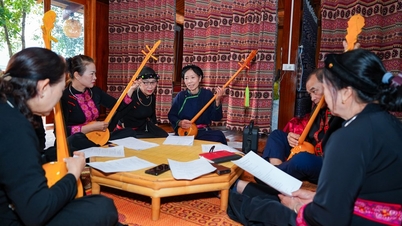



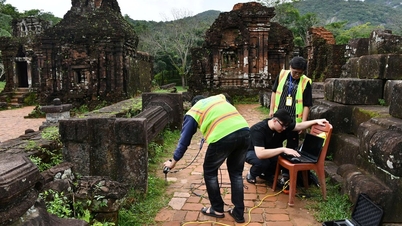



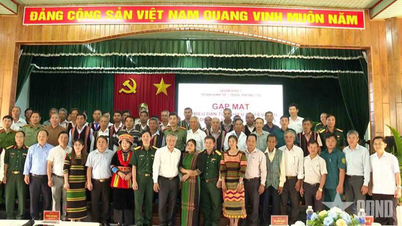



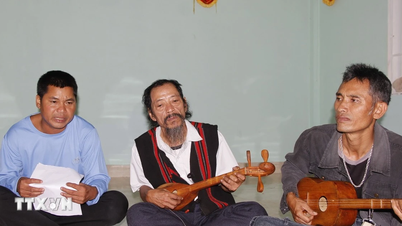
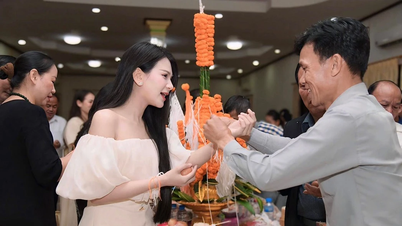


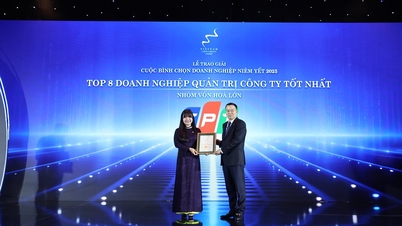



![[VIMC 40 days of lightning speed] Da Nang Port: Unity - Lightning speed - Breakthrough to the finish line](https://vphoto.vietnam.vn/thumb/402x226/vietnam/resource/IMAGE/2025/12/04/1764833540882_cdn_4-12-25.jpeg)
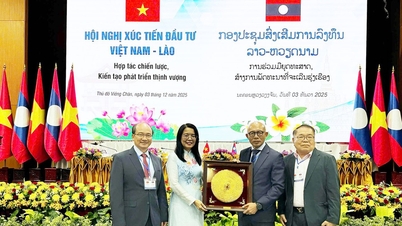


































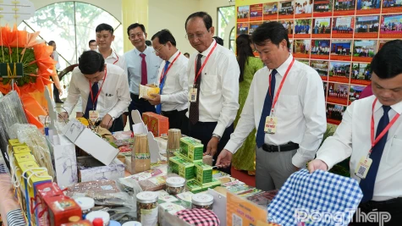








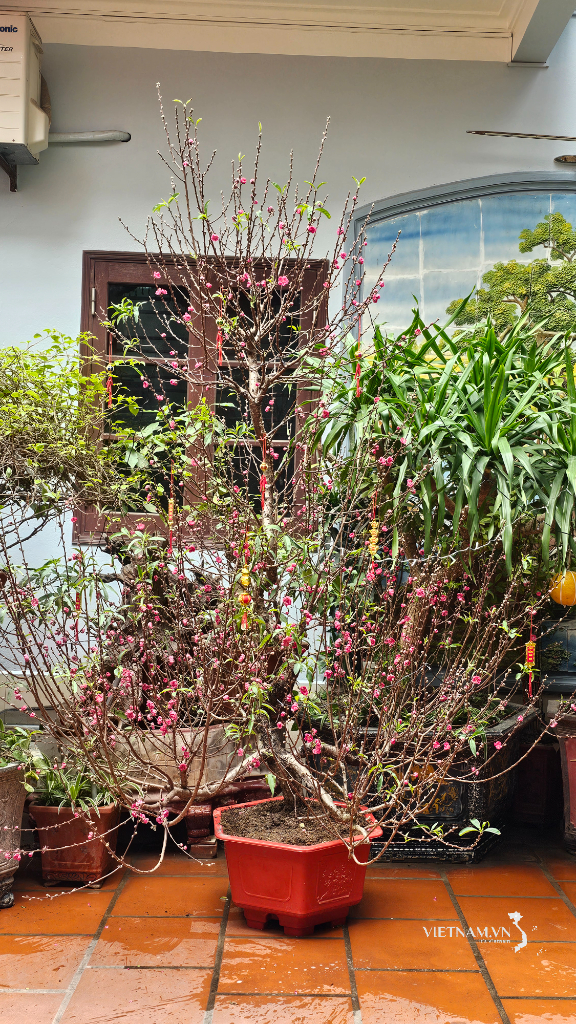
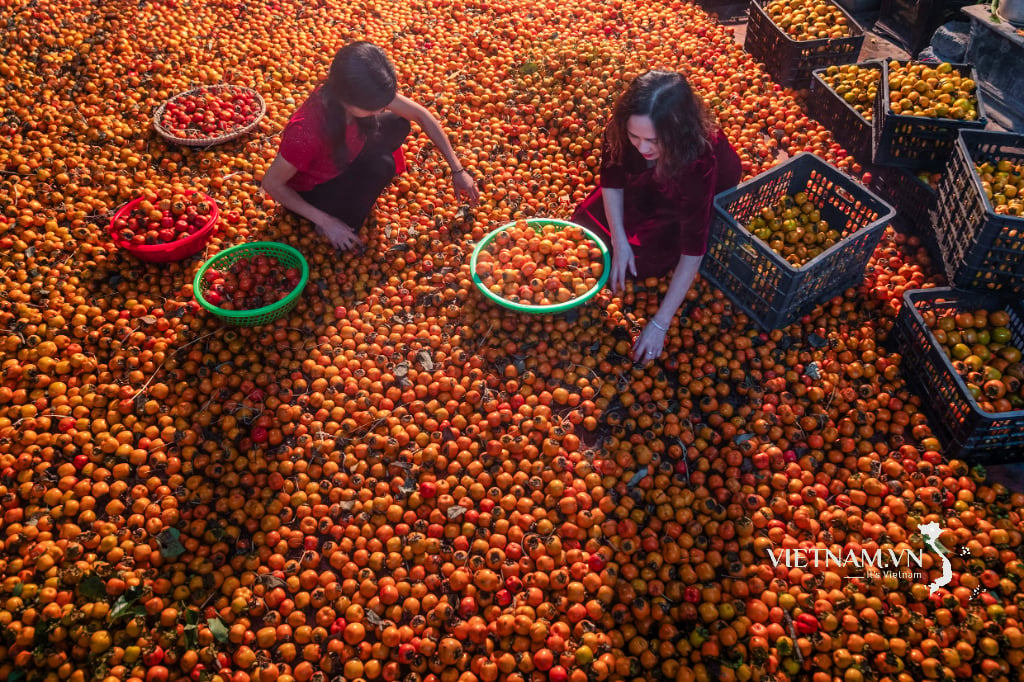


Comment (0)